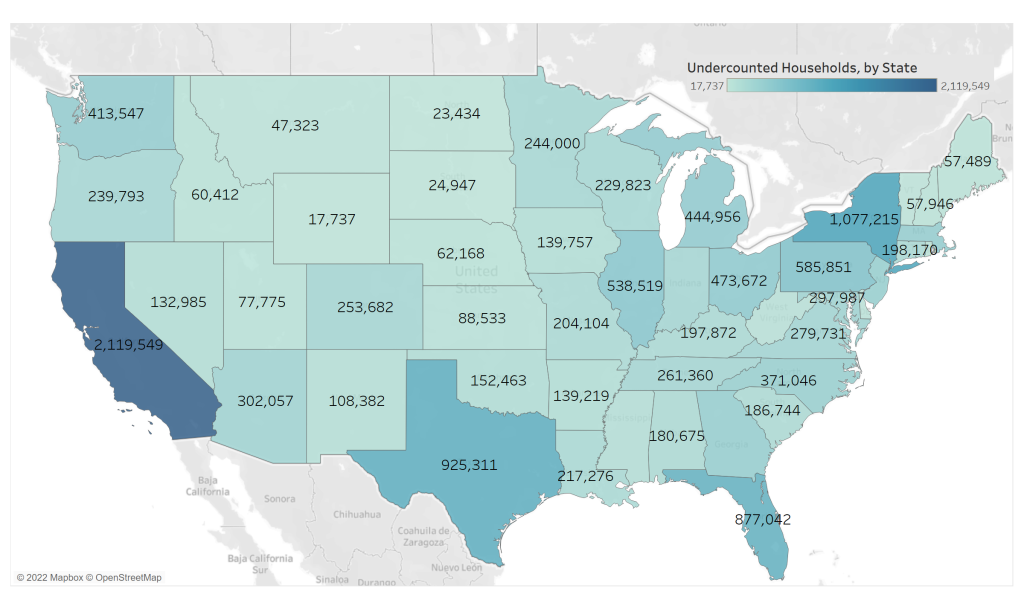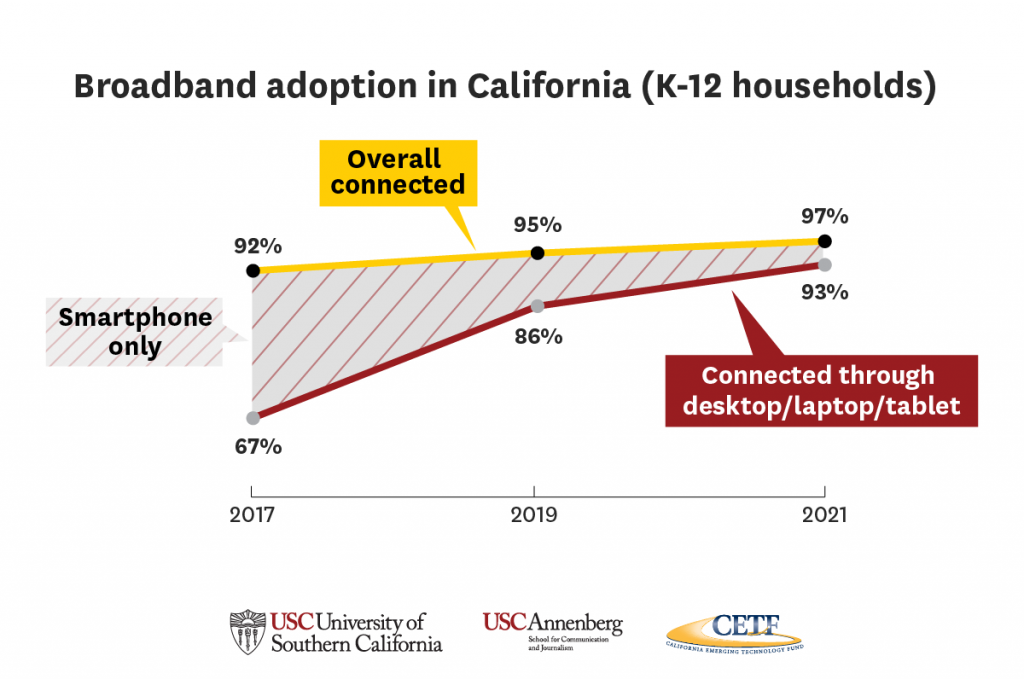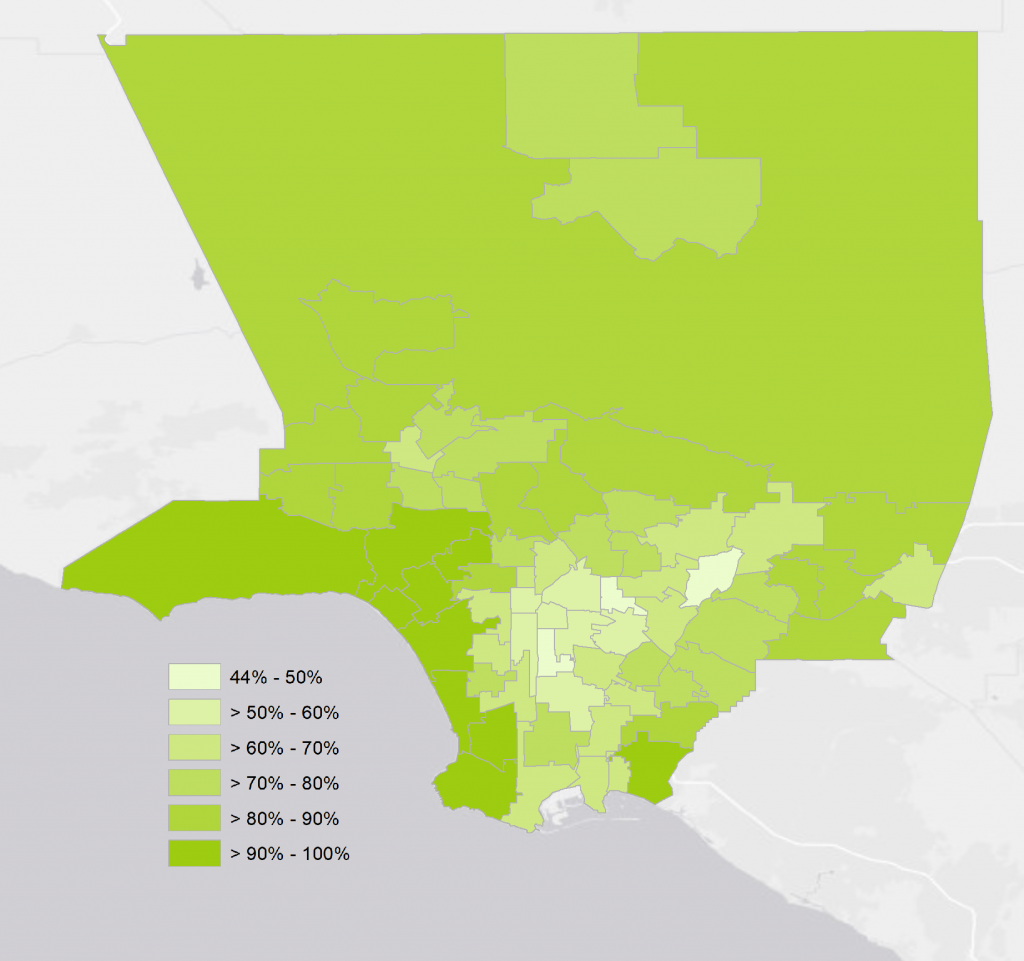Posts by Hernan Galperin
FCC Outreach Grants: Reaching the Non-Enrolled
On March 10, 2023, the FCC Affordable Broadband Outreach Grants Program allocated a total of $66 million in 197 grants to 195 organizations in 50 U.S. States and Territories.. On March 15, the FCC announced an additional $7.5 million in Outreach Grants to 32 organizations in 22 states for two additional outreach programs. Overall, 221…
Read MoreA look at the Affordable Connectivity Program’s inaugural year through interactive dashboards
The Affordable Connectivity Program (ACP) is the most ambitious federal initiative put into place to bridge the broadband connectivity gap for low-income Americans. The ACP launched in January 2022, serving almost 10 million households that were transitioned from the Emergency Broadband Benefit program (EBB). By the end of 2022 it had enrolled another 5.4 million…
Read MoreEstimating participation in the Affordable Connectivity Program (ACP)
Since the launch of the Affordable Connectivity Program (ACP) in January 2022, there has been a great deal of interest in estimating how many eligible households are taking advantage of this new program that helps connect low-income Americans to broadband. This policy brief compares different methods for estimating ACP eligibility, which in turn affect estimates…
Read MoreBroadband Affordability and the Emergency Broadband Benefit in California
This Policy Brief examines broadband affordability and awareness about low-cost options (including the Emergency Broadband Benefit) in California. The study is based on a survey of 2,143 households collected in August 2021. The survey was generously funded by the California Emerging Technology Fund (CETF). Among the key study findings are: For the vast majority (nearly…
Read More“This gig is not for women”: Gender stereotyping in online hiring
This study examines gender segregation in the context of the so-called gig economy. In particular, it explores the role that stereotypes about male and female occupations play in sorting men and women into different jobs in an online freelance marketplace. The findings suggest that gender stereotypes are particularly salient in online hiring because employers typically…
Read MoreCETF-USC Statewide Broadband Adoption Survey: Closing the Homework Gap in California
Since 2008, the California Emerging Technology Fund (CETF) has conducted a statewide survey to assess California’s progress towards closing the divide in broadband connectivity across the state. Over the years, the results have shown a steady increase in broadband adoption, though the gains have been uneven across regions and groups. With the onset of the COVID-19…
Read MoreCETF-USC Statewide Broadband Adoption Survey: Supporting Sustainability and Expanding Learning and Health Services through Broadband Investments
The COVID-10 pandemic has dramatically changed transit patterns and disrupted the delivery of basic public goods such as education and health. At the same time, it has also brought to the forefront new opportunities afforded by broadband-enabled applications in remote work, telehealth and remote learning. As California emerges from the pandemic, it is important to…
Read MoreHow far is California from high-speed broadband Internet for all?
This study examines how far is California from the goal of making 100Mbps broadband available to all as laid out by Governor Gavin Newsom in August 2020. The study also discusses the broadband proposals (AB-14 and SB-4) currently before the CA legislature. Among the key study findings are: The vast majority of Californians (94.2%) live…
Read MoreMapping the distance learning gap in CA
This Connected Communities and Inclusive Growth (CCIG) report that examines the ability of K-12 students in California to engage in distance learning based on the availability of an internet-connected computer at home. Among the key report findings are: One in four K-12 households in California do not have a desktop or laptop computer…
Read MoreCOVID-19 and the Distance Learning Gap
As schools across the country transition to distance learning due to the COVID-19 crisis, a new CCIG report documents the extent of the distance learning gap in Los Angeles County. The distance learning gap refers to the gap between students living in households with high-speed Internet and a desktop or laptop computer, and those without…
Read More






